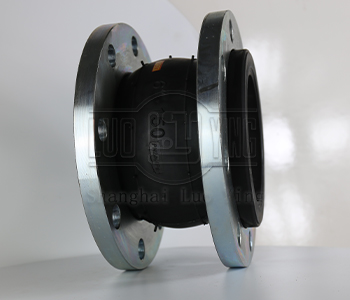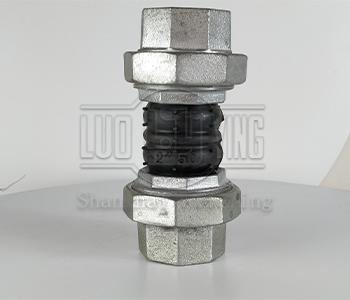Rubber Flexible Connection, Flexible Joint, Flexible Rubber Joint, Rubber Expansion Joint Usage.
Nov-23-13
Rubber Flexible Connection, Flexible Joint, Flexible Rubber Joint, Rubber Expansion Joint Usage. Rubber flexible connections, also known as flexible joints or rubber expansion joints, are essential components used in a variety of industries to accommodate movement, vibration, and misalignment in piping systems. In this article, we will explore the usage, benefits, and applications of rubber flexible connections.
Rubber flexible connections are specifically designed to absorb movements, vibrations, and noise in piping systems. They consist of a rubber element, usually made from high-quality natural or synthetic rubber, and flanged or threaded ends for easy installation and connection to the adjacent pipes. The rubber element provides flexibility, allowing for thermal expansions, contractions, and diverse movements, while the flanged or threaded ends ensure a secure and leak-free connection.

Rubber flexible connections are commonly used in HVAC systems to isolate vibration and noise generated by equipment, such as pumps, air compressors, and chillers. They are also utilized in industrial settings, including power plants and manufacturing facilities, to mitigate the effects of machinery vibrations and ensure the longevity of the piping system.
Additionally, rubber flexible connections are highly effective in compensating for thermal movements and misalignments. They can accommodate axial, lateral, and angular movements caused by temperature changes, system start-up and shutdown, and pipe expansions. By absorbing these movements, rubber flexible connections prevent unnecessary stress and strain on the piping system, reducing the risk of leaks, failures, and costly repairs.
Rubber flexible connections find wide applications in various industries, including chemical processing, water and wastewater treatment, food and beverage production, and marine systems. They are also commonly used in plumbing systems to allow for movement in buildings due to settling or seismic activities.

In conclusion, rubber flexible connections, flexible joints, or rubber expansion joints are crucial components in piping systems that accommodate movement, vibration, and misalignment. Their ability to absorb vibrations, compensate for thermal movements, and resist corrosion make them essential for diverse industries. By incorporating rubber flexible connections into their systems, operators can ensure the efficient and reliable operation of their piping systems while minimizing the risk of damage, leaks, and downtime.

